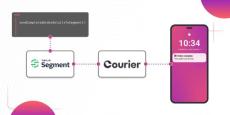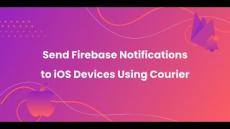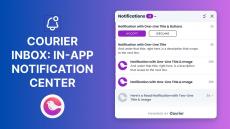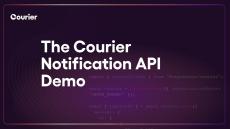Sign up for Courier!
https://bit.ly/42rL16m
Follow our Host
Follow Shreya: https://twitter.com/shreythecray
Sign up for Courier!
https://bit.ly/3yGsF43
Sign up for Courier!
https://bit.ly/3kGrmyx
- February 2025 (1)
- January 2025 (4)
- December 2024 (1)
- November 2023 (5)
- October 2023 (2)
- September 2023 (1)
- August 2023 (2)
- July 2023 (6)
- June 2023 (8)
- May 2023 (7)
- April 2023 (6)
- March 2023 (12)
- February 2023 (8)
- January 2023 (1)
- December 2022 (1)
- October 2022 (3)
- September 2022 (7)
- August 2022 (4)
- July 2022 (5)
- June 2022 (13)
- May 2022 (10)
- April 2022 (10)
- March 2022 (6)
- February 2022 (3)
- January 2022 (3)
- December 2021 (2)
- November 2021 (10)
- October 2021 (8)
- September 2021 (6)
- August 2021 (10)
- July 2021 (5)
- June 2021 (8)
- May 2021 (7)
- April 2021 (2)
- March 2021 (10)
- February 2021 (6)
- January 2021 (8)
- December 2020 (3)
- November 2020 (1)
- October 2020 (7)
- September 2020 (2)
Built for developers, Courier is the fastest way to add multi-channel notifications to your web, desktop, or mobile app. With one API call, you can reach your users on any channel – email, SMS, push, chat, and more.
Courier lets you design your notifications once and deliver them to any channel–push notifications, direct messages, SMS, and email–with a single Courier API rather than having to integrate each provider API separately.
Design once, deliver to any channel through one API:
- Notification Design Studio: Empower every team member to build beautiful notifications.
- Cross-Channel Engagement Tracking: Get insight on your performance across all channels.
- Powerful Delivery Rules: Effortlessly route each message to the right notification channel using a robust rules engine. Change channels without touching your code.
The Smartest Way to Design & Deliver Notifications.





















